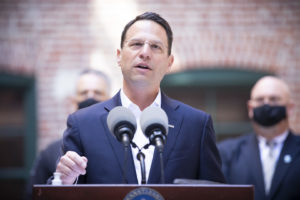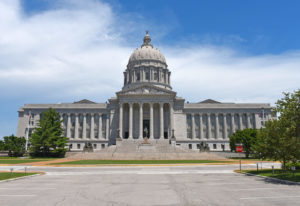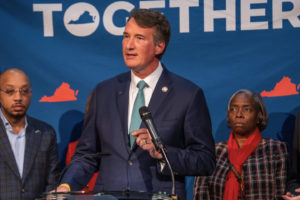Op-Ed: Iowa education reforms point to what’s next
(The Center Square) – This week, the Iowa legislature passed the Students First Act, which creates a universal Education Savings Account (ESA) program. The Students First Act will allow Iowa…

(The Center Square) – This week, the Iowa legislature passed the Students First Act, which creates a universal Education Savings Account (ESA) program. The Students First Act will allow Iowa families to use their student’s portion of state education funding at the school of their choice.
The Students First Act is the chief policy goal for Gov. Kim Reynolds, who has been working to advance parental choice in Iowa since she assumed office in 2017. This new bill, passed during just the third week of the legislative session, very quickly answered the question posed on the heels of November’s elections, what’s on tap for school choice?
By delivering truly universal school choice, a child’s educational opportunity will no longer be blocked because of their zip code or socioeconomic status. This legislation is not about dollars, but it is about creating life-changing opportunities for families across Iowa. Iowa has now joined other states such as West Virginia and Arizona that have enacted universal ESA policies.
The Students First Act creates an ESA that will be funded by the state’s cost per pupil, which is currently $7,598. Although the ESA is universal, it will be phased in over three years until it applies to all students regardless of income, even those who are currently enrolled in a private school. Parents who enroll in the ESA program can use the funds for tuition at an accredited private school. The ESA can also be used for fees, textbooks, tutoring, curriculum, online education, vocational and life skills training, standardized test fees, and services for students with disabilities.
Placing parents and children first in education has been a priority for Gov. Reynolds since taking office. “A strong education system is foundational to Iowa’s future, which is why school choice continues to be a priority of mine and of families across our great state,” Reynolds wrote. Since the COVID-19 pandemic began, the governor worked to get Iowa students back into the classroom, while also championing legislation to end mask mandates in schools and push back against radical and divisive curriculums. In 2021, Reynolds and the legislature worked to strengthen two educational tax credit programs and removed barriers to open enrollment including the repeal of controversial voluntary diversity plans.
For all of the Iowans who believe in the merits of school choice, the passage of this bill shouldn’t be considered a crowning achievement. In addition to fending off potential legal challenges similar to what has been litigated in other states, the school choice movement should be prepared to view ESAs as the starting point for determining what comes next. Yes, existing private schools must be prepared for additional families enrolling their students, and for some of those schools, expansion will be considered. But the choices in education won’t merely end with deciding between existing public and private institutions. In addition to the creation of new private schools, microschools that cater to a very specific learning style may prove to be an intriguing option for some families.
For enterprising teachers, they may be able to become entrepreneurs of sorts, and find ways to teach in new settings that have not been possible until now. Educational stakeholders have just been given a new set of tools that should be used to contemplate how to deliver education in an efficient, cost-effective, and ever-evolving manner that can be tailored to the needs of students.
The Students First Act is the centerpiece of a larger educational reform effort that places families first and will strengthen education in Iowa, while creating better opportunities for all students. As Gov. Reynolds stated, “School choice is not an anti-public-school movement. It’s pro-education, pro-student, and pro-family. And it has the potential to elevate education statewide for every student in Iowa.”



